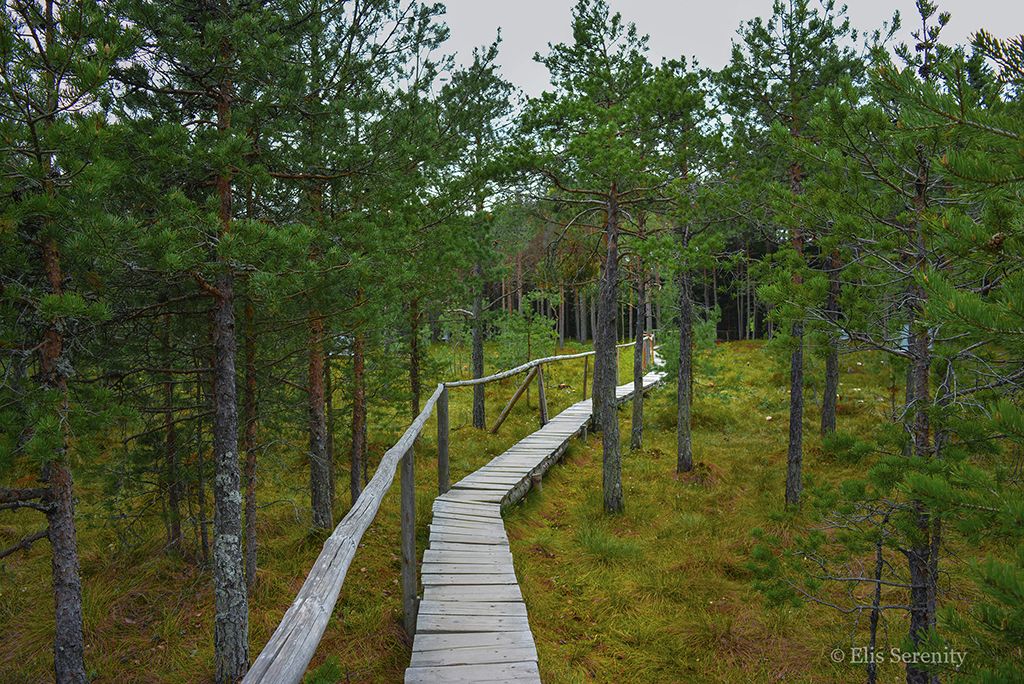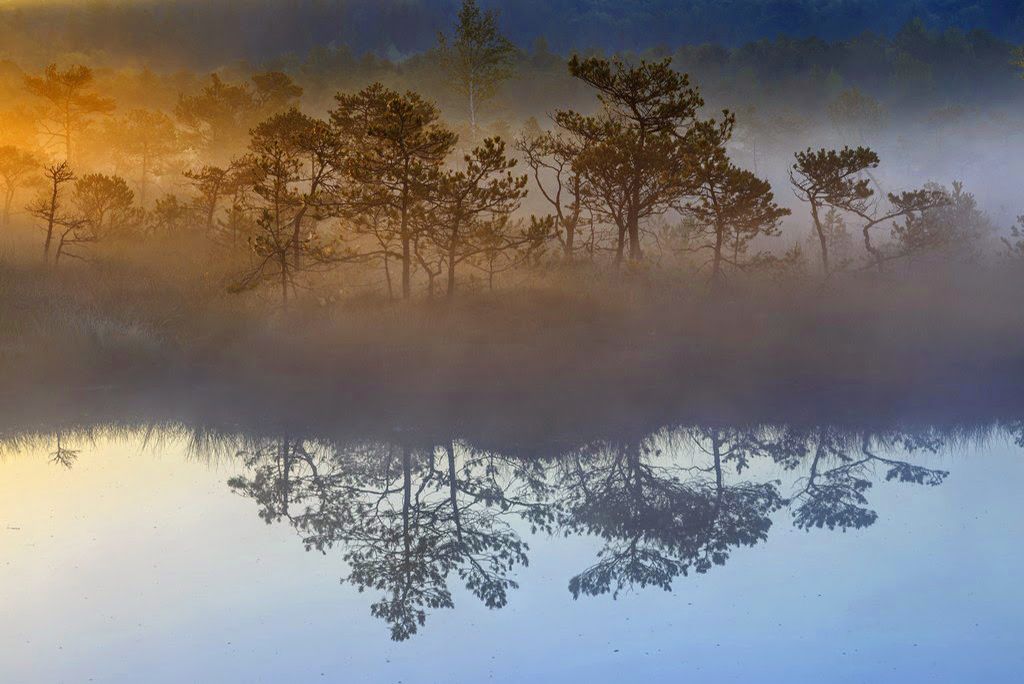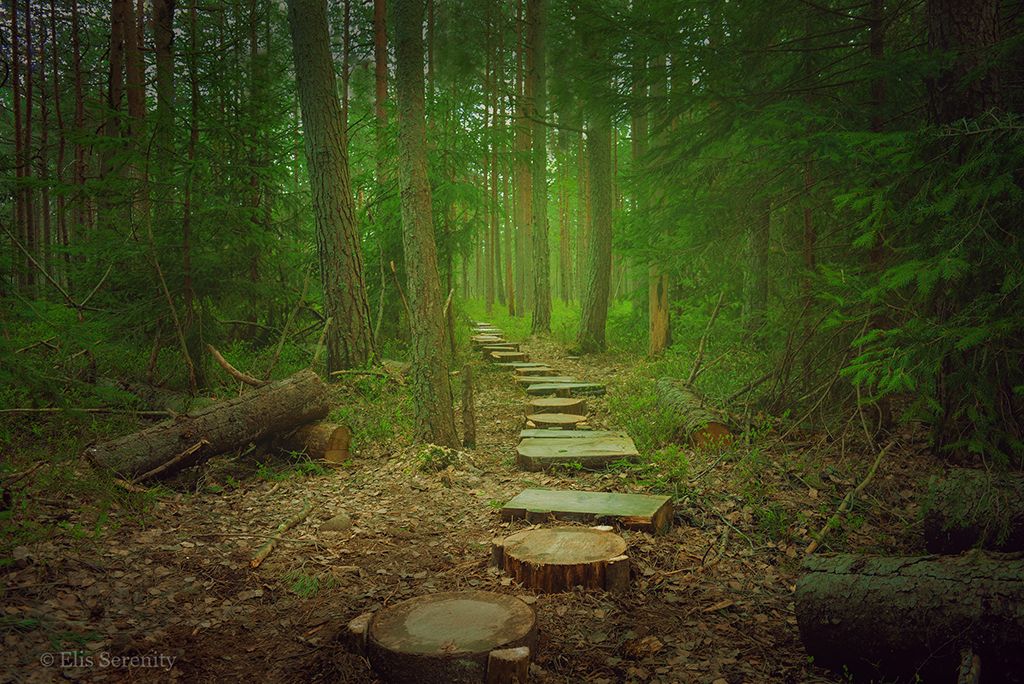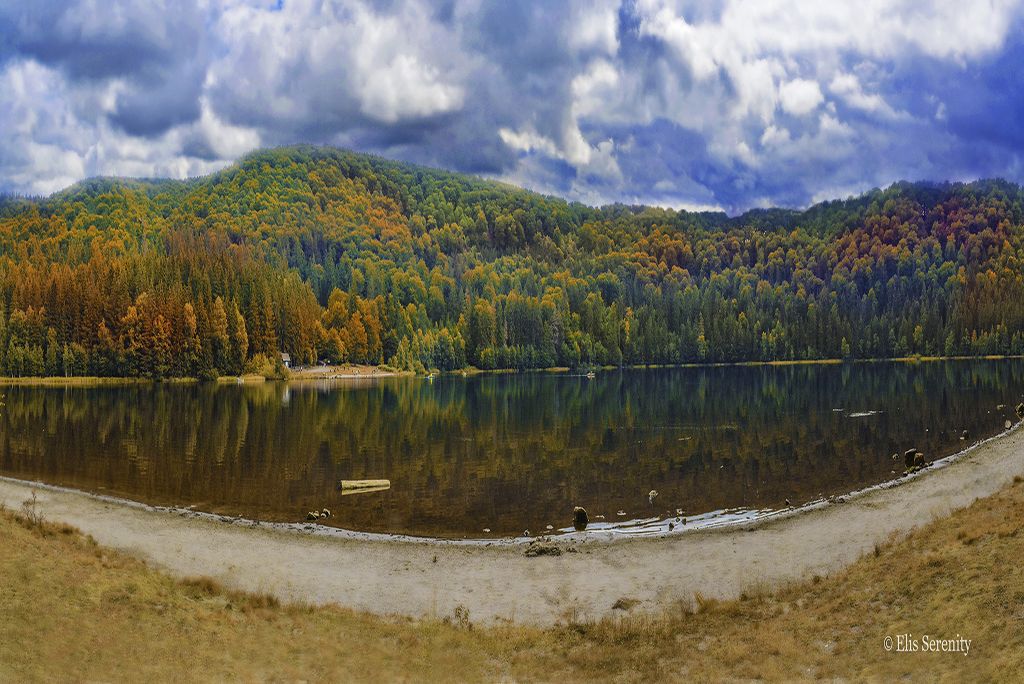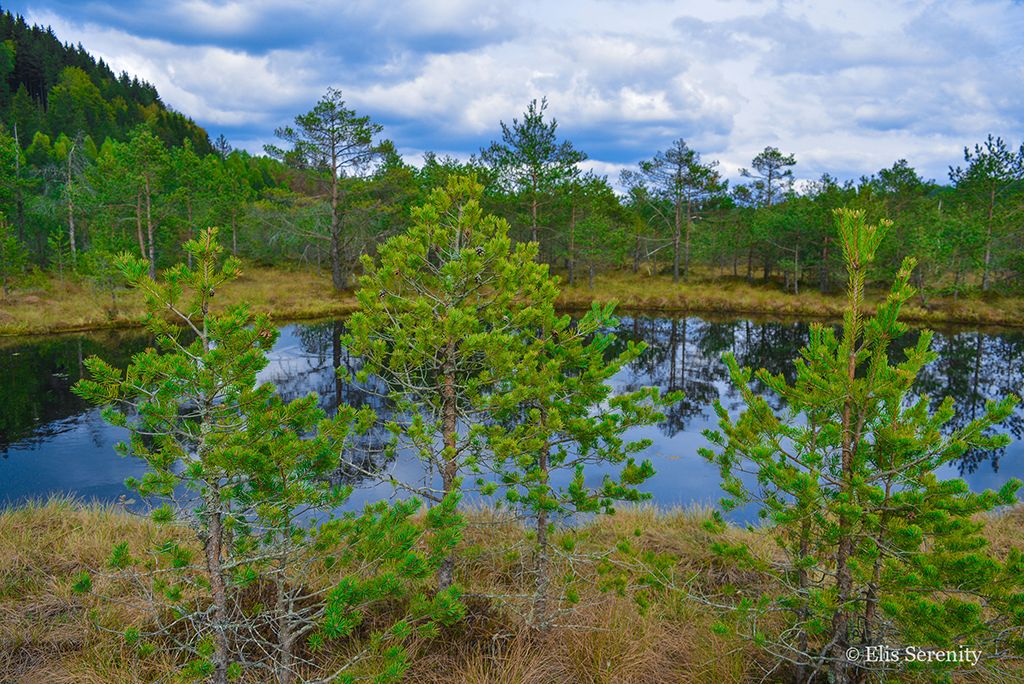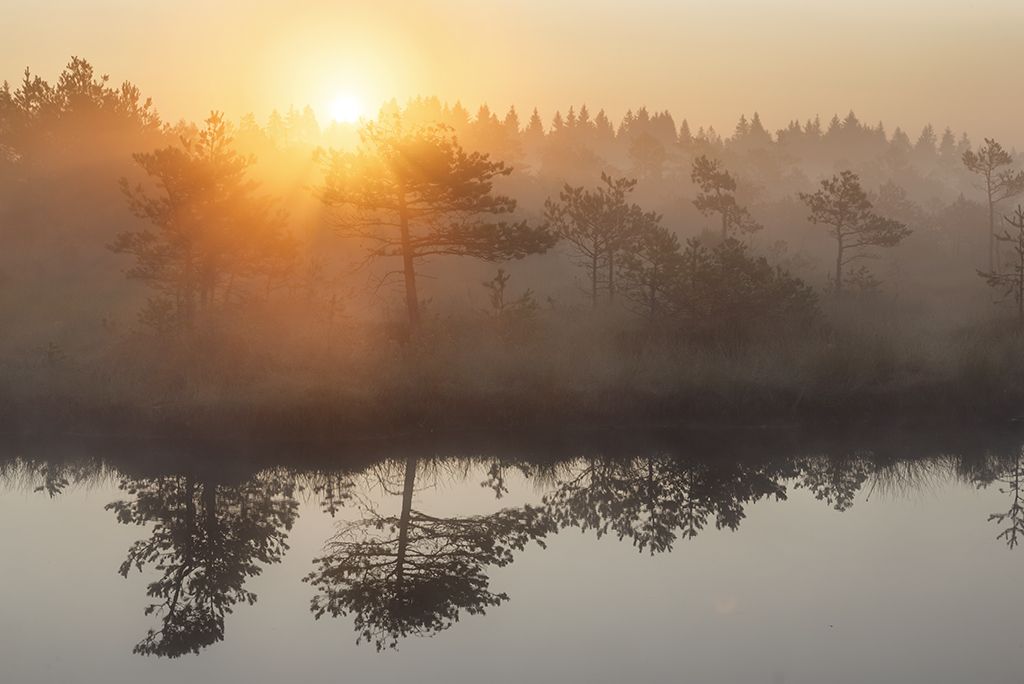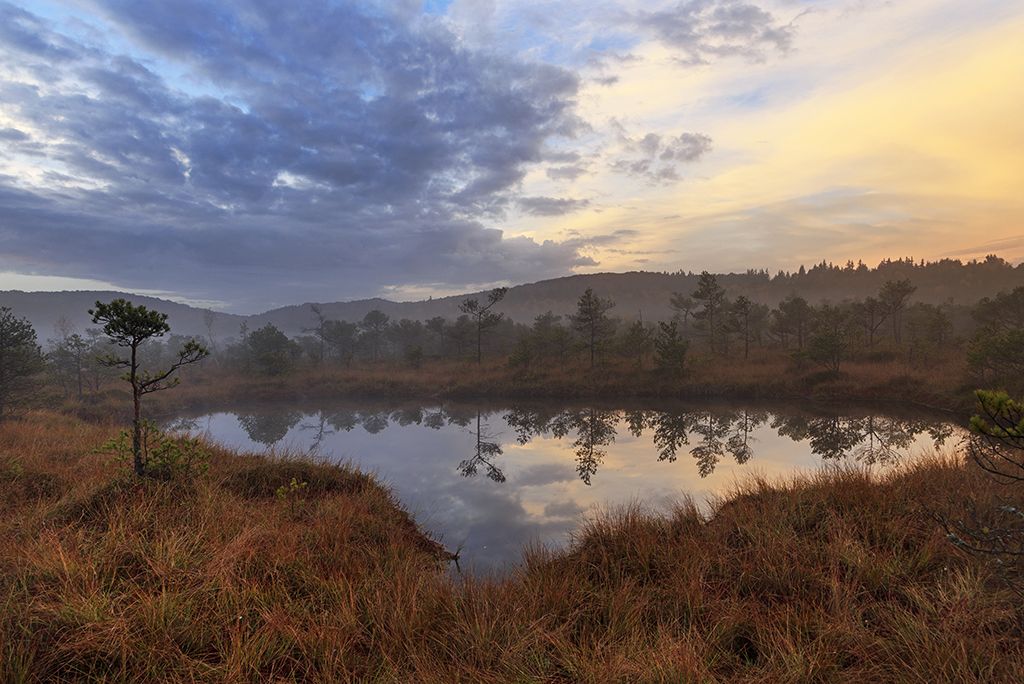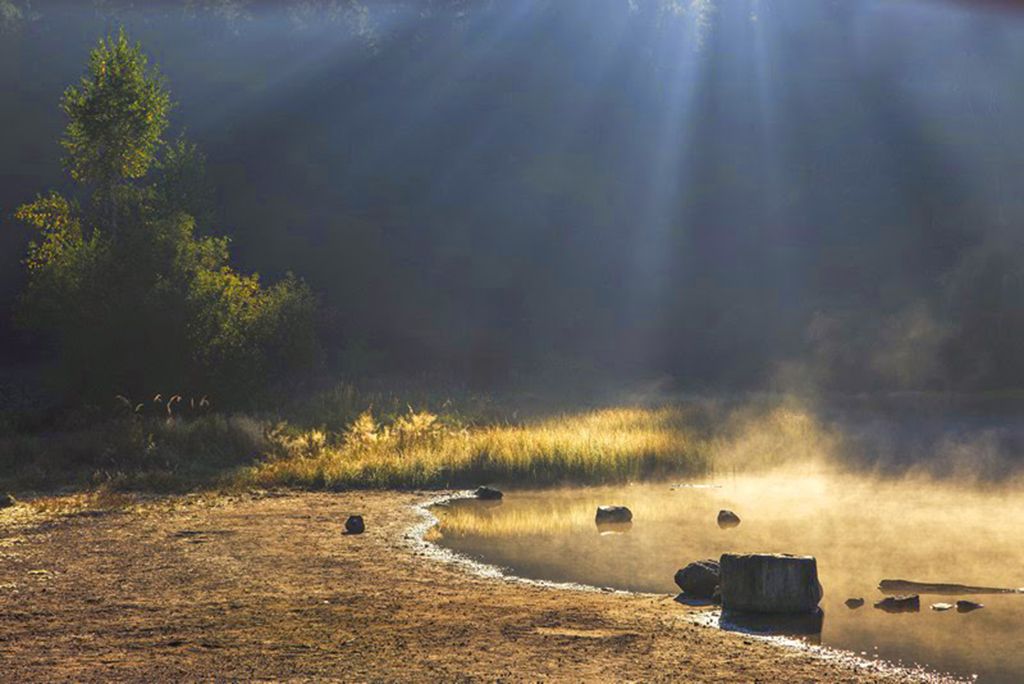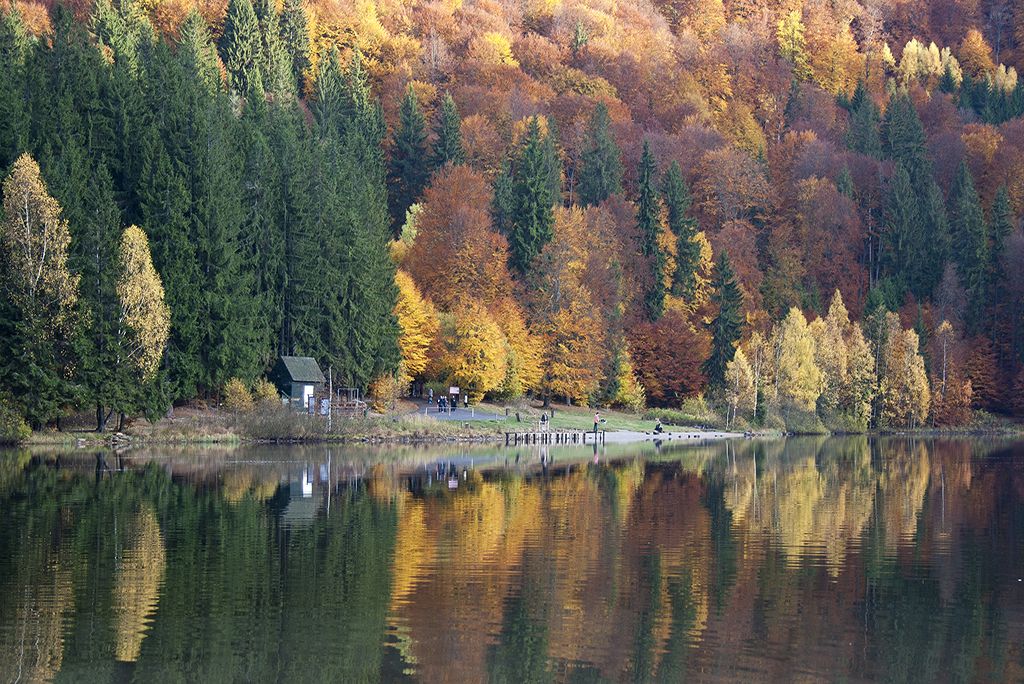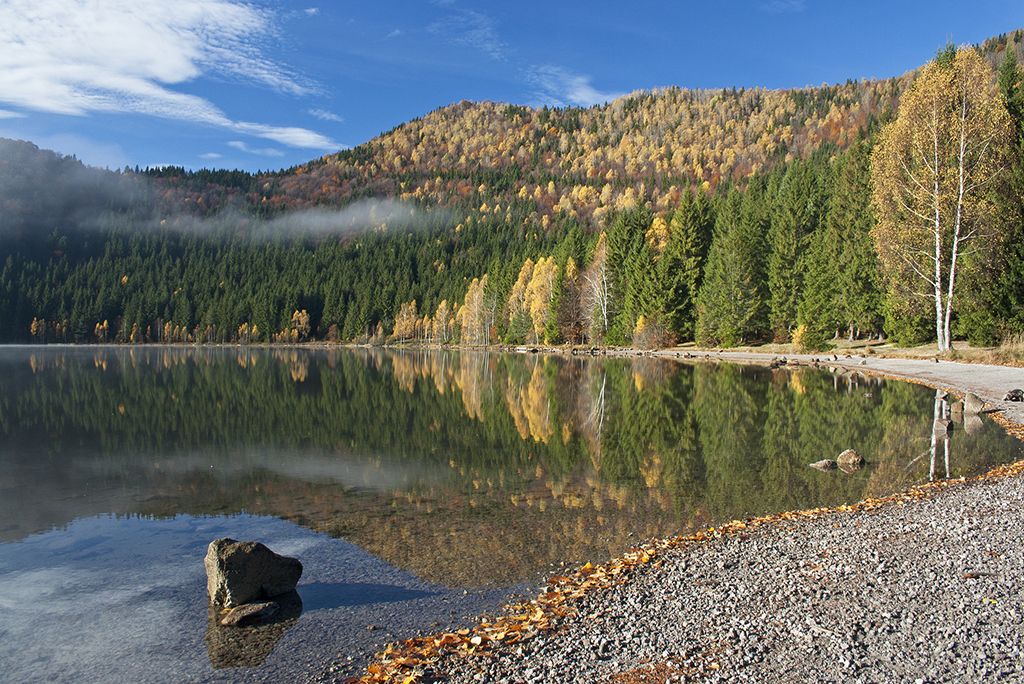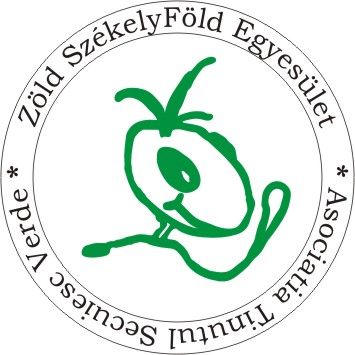
Nature
Lake Szent Anna (near Tusnádfürdő/Băile Tușnad) is one of the most magnificent natural treasure of Szeklerland, the only volcano lake in Central and Eastern Europe, formed in the bottom of Csomád (Ciomatu) Massif southern crater. Near the lake, in the northern crater, the Mohos peat bog is, where rare Ice Age relic plants are located. Both sights are part of the Mohos Nature Reserve. The area of the craters is protected, being included in the Natura 2000 network.
How to get to the lake? It is quite easy, as there are regular buses and trains from Csíkszereda/Miercurea Ciuc or from Sepsiszentgyörgy/Sfântu Gheorghe up to Saint Anne’s waters.
Lake Szent Anna is situated 35.5 km from Csíkszereda/Miercurea Ciuc and 48 km from Sepsiszentgyörgy/Sfântu Gheorghe. If hitting the road from Csíkszereda/Miercurea Ciuc, driving along main road E578, one has to follow the road signs and will arrive in about 35-40 minutes. If coming from Sepsiszentgyörgy/Sfântu Gheorghe the same E578 will take the tourists in 40-45 minutes to their destination.
The Csomád-Büdös (Ciomat) Mountains are located at the border of two counties: on the southeastern part of Hargita (Harghita) and on the northern part of Kovászna (Covasna) county. Even though the Olt River separates Csomád from the Hargita Mountains at Tusnad Gorge, Csomád is considered (from a geological perspective) the youngest volcanic mountain from the Hargitas. Between Újtusnád (Tușnadu Nou) and Sepsibükszád (Bixad) the narrow Olt Gorge becomes the western border of Csomád Mountains. On the right of the gorge, in front of the Csomád, Nagy-Piliske (1374 m), the old volcano of the Southern Hargita Mountains is linked to the Büdös through a hogback. The Sepsibükszád Basin/Hollow and the Zsombor creek are the southern neighbours of the Csomád, on east the Alcsík Basin/Hollow and the Tusnad creek are the mountain’s natural borders.
Csomád-Büdös is located in a temperate climate zone. The climate of the Csomád-Büdös (Ciomat) Mountains is influenced by its height (1100-1300 m) and the proximity of the Olt Gorge (625-630 m). The Tusnád Gorge is the “refrigerator” of the area, where, even on the hot summer days, the tourist will be greatful for a warm coat (because of cold air damming between Csomád and Piliske). The annual average temperature on the Tusnádfürdő and Csík side of the Mountain is +4C°. The Mohos-puszta and Lake Szent Anna are sunnier, hence somewhat warmer, the annual average temperature can rise up to +5C°. January is the coldest month with -3C° to -5C° averages, but -26C°, -30C° are not unusual. July and the first 3 weeks of August are the warmest with +18C°, +20C° averages. The peculiarity of this place is that at a height of 625-700 m the typical pine forests, going upward are gradually replaced by broadleaf (deciduous) forests. This unusual phenomenon occurs because of the microclimatic features of the area: the Gorge is cold, but, at its edges, going upward, the air is constantly warming.
The only Crater Lake in all of Romania, Lake Szent Anna, the serene oasis in the mountains, and the Mohos Swamp are unique and one of the most visited places on the European continent. Their birth is related to the formation of a volcanic mountain range on the inner rim of the Transylvanian basin. From the two “twin” volcanoes, the Lake Szent Anna is the youngest. The lake looks like a giant paint palette. This lake formed in a volcano crater at a 945 meters altitude, being the only volcanic lake in Central Europe. Its length is 620m, its width is 460m, the total length of the lakeshore is 1.73km and its maximum depth is 7m (with an area of 220,000 m2). The lake has no link to any other source of water, it is supplied exclusively from precipitations, therefore the degree of mineralization of the water is very low. All the water in the lake comes from rain. All the water from the mountains around accumulated into this crater hole and created this impressive lake. The amount of rainfall at the lake is 600-700 mm/year, the water flowing from the slopes is 1000-1500 mm/year and the evaporation is around 500 mm. According to this data the water level should increase by 0.5 millimeters per year, but, due to the underground “leakage” the water level decreases. In 1867 the lake was 12 m deep, in 1907 was just 8.5 m deep, nowadays, as mentioned before, its deepest point is 7 m. The Lake’s future is not bright. Most probably it will transform into a swamp, just like Mohos.
The flora and fauna of the Lake are rather poor, which is due to the reduced mineral content. But the grass snake, warty newt, ranatra linearis and some species of inferior Crustaceans found the perfect habitat in the sludgy reed of the lakeshore. The brown bullhead is not native of this region, but it is the result of artificial breeding. The surroundings are famous for the quite frequent visits of the bears from the surrounding woods. The bears got used to tourists, so, they are brave and come close to the campings or even people. This is why late night walks are not recommended.
Near this lake, 100 m higher, a second volcanic crater can be found that turned itself into a swamp with volcanic ash and now it is named Mohos Swamp. It occupies the eastern part of Csomád caldera. Initially, the two volcanoes were active in the same period, but the Mohos “got older” faster and became a swamp from a much larger lake than the Szent Anna. Only its asymmetrical round form and the 15 smaller lakes (in 1963 there were 24) suggest the existence of a large lake.
The nutrient-poor soil is strongly acidic (PH 3,8-4,1). This is all due to the four Pleistocene eruptions, which resulted in the formation of Tundra flora. These flora relicts can be depicted even in the present times.
Due to the existence of several particular flora species, the peat bogs was declared a flora reserve and a natural monument. On the carpet of moss (Sphagnum) there are several relict plant species such as the small bur-reed (Sparganium minimum), Reed Bent-Grass (Calamagrostis neglecta), moor grass (Eriophorum gracile), species of the insectivorous plant commonly known as the “Sundews” (Drosera obovata, Drosera rotundifolia), bushes of bog rosemary (Andromeda polifolia), of blueberries (Vaccinium axycoccos). The vegetation is completed with downy birch species (Betula pubescens) and dwarf birch (Betula nana), dwarf pine (Pinus silvestris), their heights being generally inversely proportional to the layer of peat on which they strive to maintain balance.
It can only be visited with a guide and only on marked trails and bridges made of wood. It can be dangerous to step out of the trails. There is a tricky soil that, in some places, can be very soft and can act like quicksand.
The Mohos Swamp is famous for its ice-age relict plants. Moreover, specialists have proved that the area is interesting not only from a botanic, but also from a zoological point of view, being the habitat of a number of rare arthropods.
The Swamp and Lake Szent Anna are separated by a large col.
Lake Szent Anna is mentioned for the first time in 1349. The mysteries of Lake Szent Anna are not only pagan, but is the mirror of the miraculous sacred sites of the szeklers forced to Christianity.
The legend
Once upon a time in the place of the lake there was a tall mountain with a castle on its top. On the other side, on the Bálványos mountain gloriously stood another castle (its ruins stand there even today), just in front of the first one. The masters of the castles were two prideful and envois brothers.
One day the Bálványos castle was visited by a rich gentleman, bearing great treasures as gold, silver, diamonds, carried by an adorned carriage with six bolters. The host “fell in love” with the beautiful carriage and the horses, begging his guest to sell them to him. But neither the carriage nor the bolters were for sale. Despite the begging of the host, the rich guest remained indefatigable and firm. The lord, seeing that his guest does did not want to agree with his proposal, decided to trick the visitor. He organized a banquet for his guest where he won the carriage with the wild horses by playing craps (dice game). The following day he rushed to his brother to brag and show off his new carriage and the six beautiful horses. His brother, begrudge, bet that within a day he could find a more beautiful carriage with, not six, but twelve bolters.
The whole day the younger brother thought about the bet and how he could get twelve such horses, but in vain, he came up blank every time. Later he finally had an idea. He ordered that the most beautiful girls of the region come to his castle. Hundreds of girls went up to the castle, the most beautiful of them being a young woman named Anna. She was the first one chosen by the lord and next to her eleven other beautiful girls. The lord put the reins on the twelve girls, Anna being the one leading. The weight of the carriage was too big for the girls to handle, the carriage did not even move. The lord got angry and started whipping Anna. Her fair white skin became red from the bloody wounds. Her painful crying was so loud, even the Heavens felt sorry for her. The lord hit her for the second time. Not being able to put up with the pain, Anna started praying and cursing the lord. The Heavens answered her prayer by sending an awful storm: the sky turned black, heavy rain was falling, the earth underneath their feet was moving and the castle was buried by the earthquake. The ruins were completely buried underground and the place where the castle stood became a lake.
On the lake twelve swans swam peacefully. All of them came out of the water and, once they reached the lakeshore, by shaking their feathers, transformed back to girls. Eleven of them hurried home into their village, except Anna. She remained at the lakeshore, built a chapel and she remained there for the rest of her days, silently praying. But, in time, more and more people came to pray in this little chapel, together with Anna. After her death, the lake was named after her, Lake Szent Anna.
